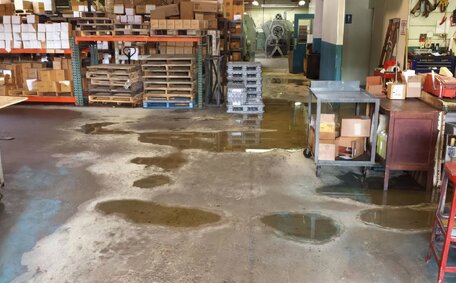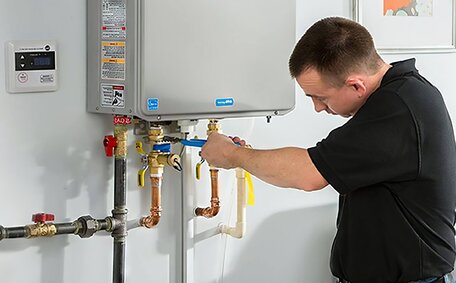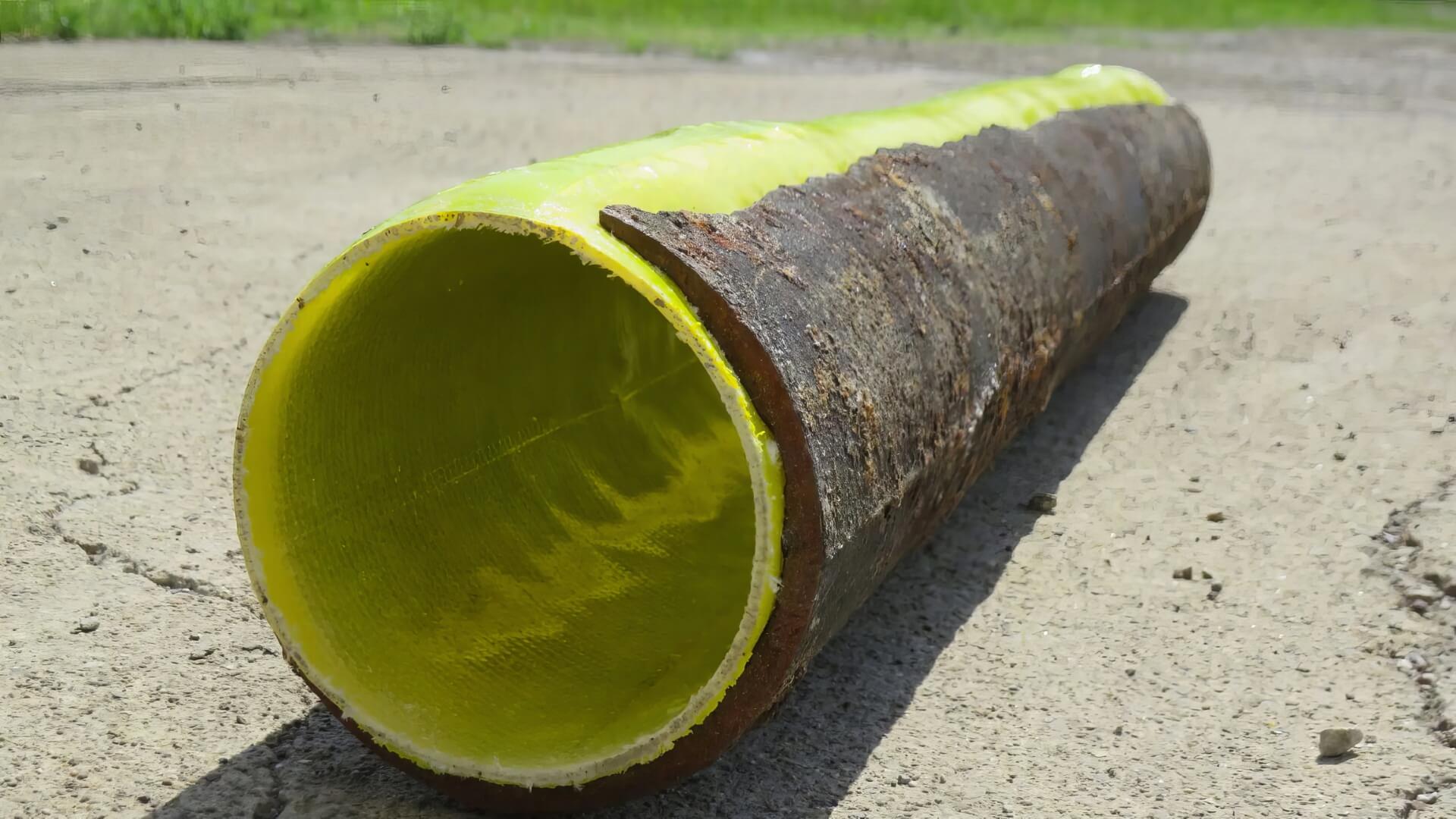
How To Fix Water Heater Issues
Can’t get hot water from your water heater? Try troubleshooting by checking the power supply, thermostat, heating elements and more. Call a pro plumber for repairs.
Read MoreA reliable hot water supply is essential, and your gas water heater’s pilot light is key for igniting the main burner to deliver this. It’s vital to relight the pilot correctly to restore your system’s functionality.
This guide offers detailed instructions for relighting the pilot on standard residential gas water heaters. Whether you have a standing pilot or an intermittent ignition device (IID), we outline the safe process for getting your hot water flowing again.
With over ten years’ expertise in Baulkham Hills, we understand the disruption caused by sudden hot water loss. Should you face any issues or have safety concerns, contact our team immediately via email or phone for expert help.
Observe these essential safety measures before attempting to relight your water heater’s pilot:
Ensure the indicator light for gas odours is inactive after ventilation before proceeding to relight the pilot.
A gas water heater’s pilot light can go out for a variety of reasons. Common reasons include:
If your gas water heater’s pilot goes out repeatedly or you are unable to successfully relight it by following manufacturer guidelines, then professional assistance is recommended. Our licenced technicians can pinpoint the underlying cause and get your hot water flowing again.
Relighting your gas water heater’s pilot flame requires no specialised tools. The main items you’ll need are:
You’ll also need to reference the water heater’s manual or printed lighting instructions on the unit itself. These provide diagrams of your specific pilot layout and gas control valve to ensure proper relighting.
Optional helpful items include gloves for protecting your hands inside the unit, a small mirror to see the pilot orbiter, and baking soda with water for leak testing. The essentials needed are a flashlight, ignition source, and screwdriver.
Equipped with these tools, you can confidently and safely navigate the relighting process. As always, exercise caution when working with gas appliances. Seek professional assistance if unable to relight the pilot or if you have any concerns.
Follow these step-by-step instructions to safely relight your gas water heater’s pilot light:
If relighting the pilot is unsuccessful, our professionals are available to assist in restoring your hot water.
Older models of gas water heaters often lack automatic igniters and require manual lighting of the pilot. This process requires you to manually hold a flame to the pilot nozzle as you manipulate the gas valve.
Exercise extreme caution with manual lighting, as it involves holding a flame near a gas source. Always consult your water heater’s instructions, as designs differ. If unable to light after a few attempts or you smell gas, immediately turn off the unit and call our team.
Modern gas water heaters typically come with electronic ignition systems rather than standing pilot lights. These ignite automatically when hot water is called for and shut off when not in use to save energy.
Electronic ignition water heaters employ a flame sensor to monitor the pilot and main burner. The electronic system sparks the pilot assembly to initiate gas lighting when hot water is activated.
To relight an electronic ignition water heater’s pilot, follow these steps:
Adhere strictly to the specific instructions on your water heater model and maintain safety when dealing with gas appliances. If you have any difficulty getting an electronic pilot relit, our licenced technicians can help diagnose and resolve the issue.
If the pilot light continues to go out after repeatedly following the proper relighting steps, there are a few key troubleshooting tips to try:
Consult your water heater’s manual for specific troubleshooting advice. If the pilot still fails to stay lit after multiple relighting attempts and troubleshooting, professional servicing is needed.
If the issue persists, discontinue any DIY attempts to relight the pilot. Call our team anytime for prompt assistance getting your hot water restored.
Some gas water heater issues extend beyond straightforward pilot relighting and are not suitable for DIY fixes. If you experience any of the following, contact a professional plumber for assistance:
Our trained technicians are well-equipped to diagnose complex water heater problems accurately. We will identify whether your water heater needs repair or replacement for reliable operation.
Do not take risks with gas appliances. Call Baulkham Hills Plumbing on 1300 349 338 or email us for expert assessment and servicing when faced with ongoing pilot light or water heating difficulties.
Regular maintenance on your gas water heater is crucial to prevent recurring pilot light problems. Such care enhances performance and extends the unit’s lifespan, ensuring continuous hot water.
Use this checklist for optimal water heater maintenance:
We advise booking yearly maintenance with our seasoned technicians. Scheduled servicing bolsters your water heater’s efficiency and operational lifespan.
Contact Baulkham Hills Plumbing on 1300 349 338 to book your next service. Regular maintenance is key to dependable hot water availability for the long term.
Can’t get hot water from your water heater? Try troubleshooting by checking the power supply, thermostat, heating elements and more. Call a pro plumber for repairs.
Read MoreCloudy or milky hot water coming from your taps is generally harmless and caused by trapped air bubbles in the water. Simply running the tap for a little while will usually clear up the water. If the cloudiness persists, it could be caused by sediment buildup or issues with your pipes.
Read MorePipe relining involves inserting a tube inside damaged pipes to repair cracks and leaks without digging. This trenchless method may allow pipes and plumbing fixtures to be relocated during bathroom renovations. Contact our expert plumbers to understand if pipe relining can reposition your pipes and fixtures.
Read MoreBaulkham Hills, 2153 NSW
We will call back as soon as possible.




